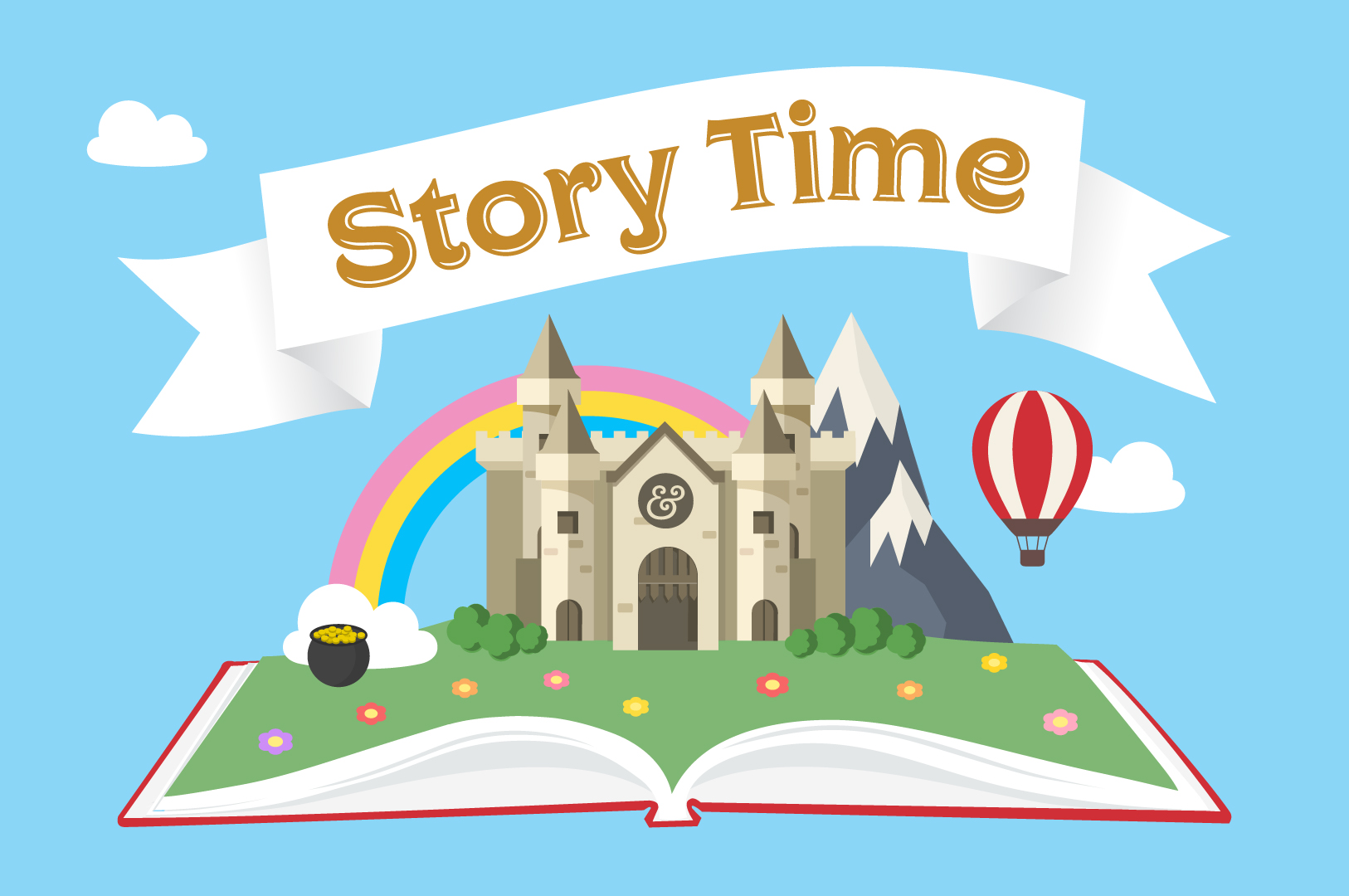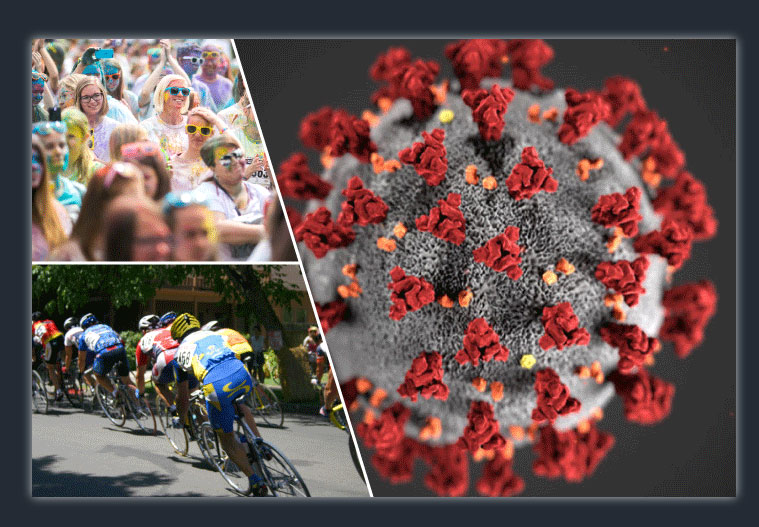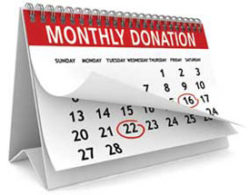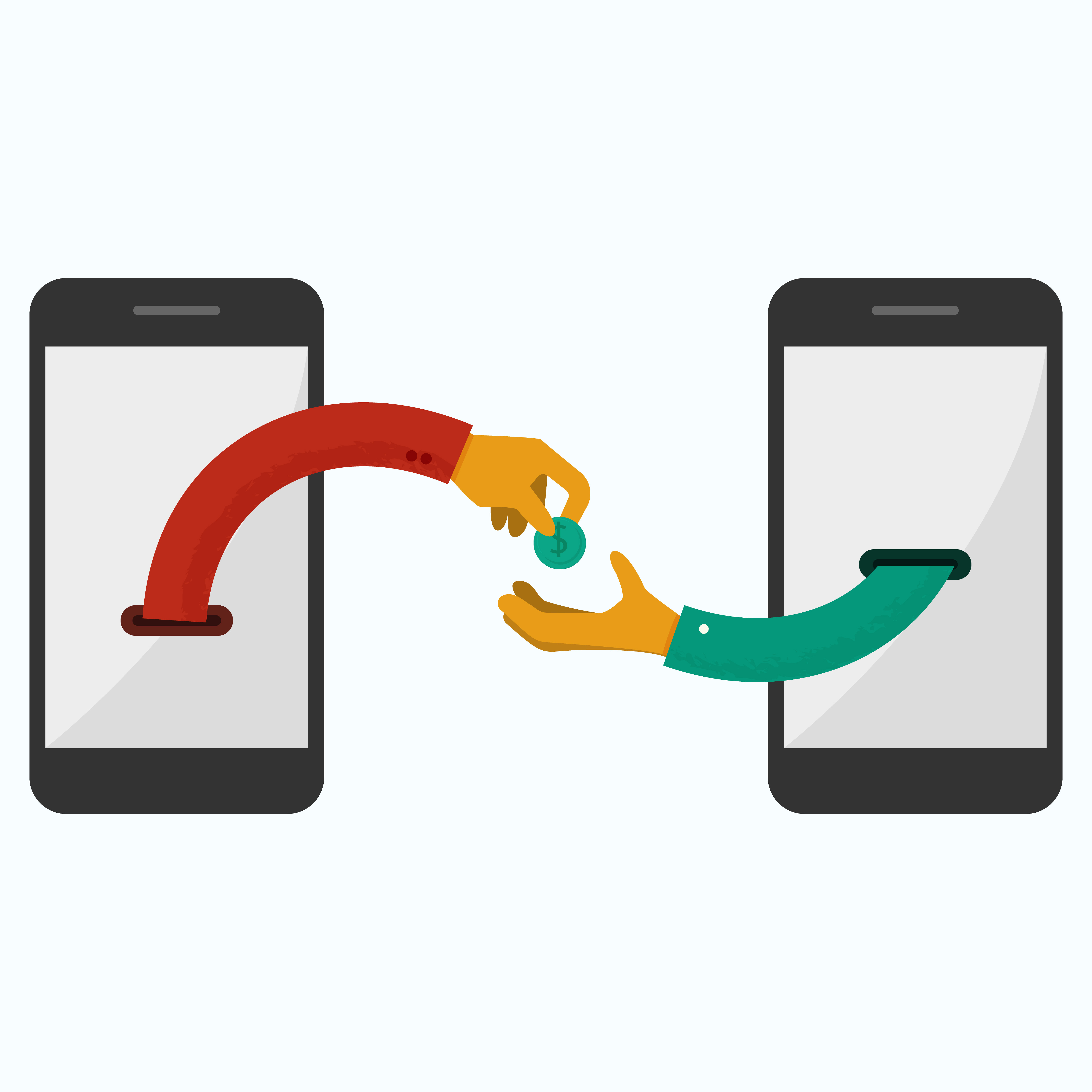It’s year-end crunch time, and this year—above all others—we’re all pausing to ask ourselves:
How will this year be different?
I wish I had a crystal ball…I don’t. But what I do have are clients who have seen tremendous support since the pandemic started because they have real need and continued to make a real case for support. Their donors still care about their cause and realize that now, more than ever, their support is needed.
The biennial Global Trends in Giving Report was recently released, examining the impact of technology upon individual giving . It’s based on survey results from donors from March 1 – May 31, 2020, so the data was gathered during the height of the pandemic.
You can get the full report here.
I was happy to see the findings because they confirm what we here at Charity Dynamics have been saying since March:
Your best practices are still your best practices.
Even during 2020, best practices still hold true. You just need to adapt them to the new normal we are all currently living in.
Here are three insights and associated best practices to keep in mind as you shore up your year-end strategy. Each tie directly to top trends found in the Global Trends in Giving Report, from the US and Canada region.

Email Is Not Dead
In a world full of social media, many are tempted to think that email is beginning to take a back seat. This is simply not true. In fact, 33% of donors surveyed said email is the communication tool that most inspires them to give, up from 31% in 2018.
Many other reports support this fact. When done correctly, email is one of the most powerful tools in the online fundraising toolbox. A single email with the right hook, message and ask can bring in the equivalent of a 5-figure gift. When you put it in that perspective, it’s worth spending the time to get your emails right. Here are three tips:
1) Remember, it’s not about you.
If you read over your email copy and the first few paragraphs are all about your mission, your needs and the work you are doing, then it’s time for a rewrite. Instead, focus more on the donor and what they can do to help the people you serve. Look for ways to replace the words ‘we’ and ‘us’ with ‘you’ and ‘your’.

2) EOY is a time for storytelling.
Bring to light stories of the people you serve and how a donor can make a difference in their lives. Make it real, tangible and connect the dots to what people are facing today given the pandemic. When people can clearly see how their gift can impact a person, a family, a child—they are more inclined to give.

3) Make content clear, concise and actionable.
Don’t water down your message for fear that now is not the right time for an ask given everything that 2020 has brought to bear. Acknowledge it – yes. Connect the dots to the impact it’s had – absolutely. Then be clear about what’s needed and why. Set a goal, have a deadline and ask for the support you need.
Social Is Important, But Choose Wisely
There are so many social platforms and they’re constantly changing. And for the most part, it can be hard to keep up, especially if you’re working with limited staff and budgets right now.
Instead of trying to ensure you are everywhere, make sure you are somewhere—and that it is the right somewhere to be for your organization. Take some time to understand the primary demographics of each platform and then align to your key donor personas. In the study, only 18% say that social media is the channel that most inspires them to give, down from 25% in 2018. But Facebook and Instagram fundraising are still very much used, with 40% saying they have donated through Facebook and 12% through Instagram.
Ensure that you:

1) Stay top of mind
Have a steady stream of content on your chosen channels that’s fully integrated with your overall campaign.

2) Leverage Facebook Fundraiser
If I only chose one platform, it would be Facebook. Be sure to set up a Facebook Fundraiser and ask people to donate toward your campaign. Set a micro-goal that’s achievable and then increase it once it’s reached.

3) Ask constituents to fundraise
It’s a great next step ask after a donation is made and the donor is fully engaged. It’s also a way to engage constituent groups who may not be ready or able to make a gift at this time. Think: volunteers, membership groups, social ambassadors, non-donors who are not responding to asks. Just remember not to ask someone to do multiple things at once – one CTA is always best. It’s about the right ask, to the right person at the right time.
A Strong Sustainer Program Is Critical
In the study, 57% of donors reported that they are enrolled in a recurring giving program, up from 46% in 2018. 94% prefer to give monthly, 3% weekly, 2% annually, and 1% quarterly.
Take that in for a second. If building a strong sustainer program isn’t at the top of your 2021 to-do list, then now’s the time to add it. Sustainer giving is definitely on the rise. In today’s busy world, people prefer the convenience of a monthly gift, and organizations reap the benefits of a steady, dependable stream of revenue.
But what does that mean for year-end? We typically don’t recommend leading in EOY with a sustainer ask (see my blog post on the topic here). But there are many things you absolutely should be doing to maximize sustainer growth and to steward and upgrade your existing sustainers during this critical time.

1) Provide donors with the ability to upgrade their gift.
Giving donors the option to upgrade their gift to a monthly gift after their gift is made works to convert donors to monthly donors without sacrificing their EOY gift—they can always say no. See an example of this here. Quickly make the case for why a monthly gift is important—now more than ever—to be prepared for whatever lies ahead.

2) Ask sustainers for an additional one-time gift during key moments of your campaign.
If you have a special match opportunity or need a set number of donations to unlock a match, reach out to your sustainers for help. They are some of your most dedicated donors, and many will step up if asked. When you do ask, make sure you first acknowledge and thank them for their current sustaining gift.

3) Send sustainers stewardship and updates during the campaign to thank them for their dedication to your cause.
Think: online Thanksgiving and holiday cards, updates on dollars raised, acknowledgement for their contributions throughout the year. Your sustainers are so valuable and should be treated like the gems that they are. Plus, some may give again through these communications!
Key takeaway: Don’t think you have to completely reinvent your year-end campaign this year. Best practices are best practices for a reason – they work. Just make sure to think through how you adapt the message, adjust your segmentation and articulate the changes in the needs of your organization because of what this year has brought to bear. Then go out and do what you do best—fundraise for your cause.
After that, take some well-deserved holiday time off, you deserve it.
Wondering how we can help you supercharge your end-of-year fundraising efforts?
